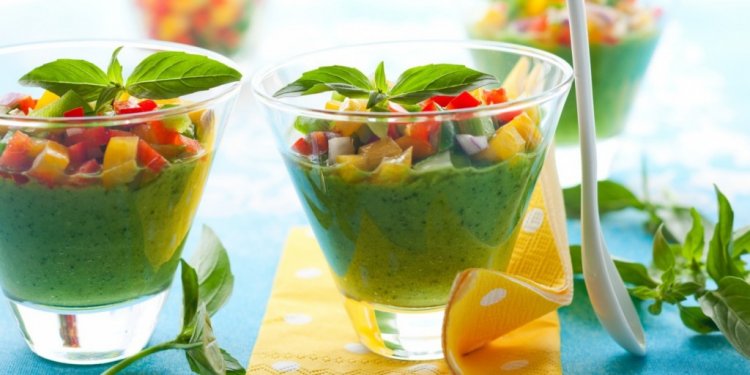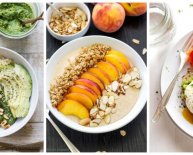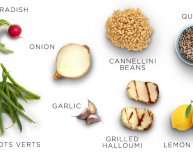
How to eating healthy vegetarian diet?
You can easily meet your daily protein needs by eating an array of plant-based foods. Fill out your meals with beans, lentils, nuts, rice, and soy products like tofu and tempeh. Don’t rely on a hefty portion of cheese to fill the protein gap since cheeses often add saturated fat.
2| Consider calcium
The mineral calcium plays a vital role in overall health, including achieving and maintaining healthy teeth and bones. Vegetarians can meet their calcium requirements by including calcium-rich dairy products (milk, cheese, and yogurt) in meals and snacks. (One 8-ounce glass of milk provides 256 milligrams of calcium, which is about one-fourth of the recommended daily intake of 1, 000milligrams per day for adults age 50 and under and 1, 200 milligrams for age 51 and older recommended by the Institute of Medicine.)
If you’re lactose intolerant, a vegan, or simply want to incorporate other nondairy sources of calcium into your diet, you have options. Some of those other sources include fortified breakfast cereals, soy products such as tofu made with calcium sulfate and soy milk, soybeans, soynuts, calcium-fortified fruit juices, and some dark-green leafy vegetables including collard greens, turnip greens, mustard greens, bok choy, broccoli, Chinese cabbage, kale, and okra. When you are shopping for tofu, be sure to look carefully at the nutrition label to verify that the tofu you are buying is made with calcium sulfate; nigari (magnesium chloride) is another common coagulating agent used to make tofu, but it has a lower calcium content.
Keep in mind that calcium can be finicky. According to the U.S. Department of Agriculture (USDA), the calcium absorption from most foods, including dairy products and grains, is about the same, but calcium can be poorly absorbed from foods high in oxalic acid (found in spinach, sweet potatoes, and beans) or phytic acid (found in unleavened bread, raw beans, seeds, and nuts). These acids bind with the calcium in these foods and prevent its absorption, but they don’t prevent the absorption of calcium from other foods eaten at the same time. It’s best to eat a variety of calcium-rich foods over the course of the day to make sure you are meeting your needs.
3| When it comes to fruits and vegetables, more matters (and color counts)
Whole fruits and vegetables are some of the best foods you can eat. They are low in calories, high in fiber, and brimming with vitamins, minerals, and antioxidants. They play an important role in staving off heart disease and stroke, managing blood pressure and cholesterol, helping prevent certain types of cancer, protecting vision, and maintaining a healthy digestive system.
And color is certainly key—the vitamins and phytochemicals that give plants their brilliant colors work as antioxidants, immune boosters, and anti-inflammatories in humans.
The best way to benefit from these healthy compounds is to eat a variety of fresh produce based on color; you can use the tools at MyPyramid.gov to figure out how many fruits and vegetables you need to eat each day.
4| Eat seasonally
Since fruits and vegetables are an important part of a vegetarian diet, flavor and freshness are vital, and the best way to achieve both is to buy fruits and vegetables in season. This practice offers a variety of benefits.
When you buy fresh produce in season, you don’t have to do much to them to make them taste extraordinary. From the arrival of summer’s squashes, peaches, and tomatoes to the cranberries, oranges, and Brussels sprouts you’ll find in winter, each season offers some-thing unique and delicious to keep your palate happy.
Eating fruits and vegetables at the peak of freshness is also a boon to your health as well as your wallet. You’ll benefit from all the vitamins, minerals, fiber, and antioxidants these colorful plants have to offer, and since there’s often an abundance of fruits and vegetables during the harvest season, you’re more apt to find bargains at the grocery store.
5| Go for whole grains
All grains start out as whole grains, which means that they still contain the germ, endosperm, and bran. The bran is full of filling fiber, which keeps you full, while the germ and endosperm contain beneficial antioxidants, vitamins, minerals, and other healthful compounds. Processing, however, can remove one or more of these components, making refined grains less healthful. Research has shown that eating whole grains helps lower your risk for heart disease, obesity, diabetes, high blood pressure, and high cholesterol.

















